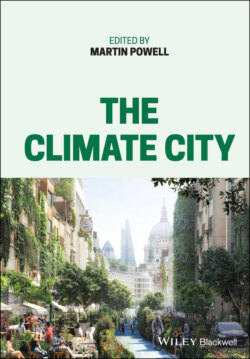Читать книгу The Climate City - Группа авторов - Страница 50
Christchurch, New Zealand
ОглавлениеIn 2011, a violent earthquake killed 181 people in New Zealand’s second largest city – Christchurch. On top of that, thousands were made homeless, and an area that was four times bigger than London’s Hyde Park was deemed unhabitable.41 Christchurch is still recovering and rebuilding from this natural disaster and is aesthetically and spiritually a completely different city to what it once was. With new constructions, gravel quadrants replacing multistorey buildings, and others that are still even boarded up, many of the city’s inhabitants can no longer remember what it once looked like. A new Christchurch has been born.
In the immediate aftermath of the earthquake, the central government triaged the most important parts of a functioning city – roads and bridges had been destroyed, silt clogged up the sewage system, and powerlines were down. The government’s main response was to establish a single body, the Canterbury Earthquake Recovery Authority (CERA), which was to be solely responsible for managing the rebuild.42 This single-purpose organization was tasked with the demolition of buildings and residential homes, with almost 8,000 of the area’s homes “red zoned”, meaning the land was so badly damaged it was unlikely it could ever be built on again.43 Within the space of a year, the population of the greater Christchurch area declined by 9,200, 2% of its total population, due to home loss.44 The city’s mayor, Lianne Dalziel, ushered in a new era of governance that focused on empowering community organizations to do things for themselves in a sort of grassroots-based resilience project.
Thus began the construction of a new Christchurch. CERA came up with the city’s first urban blueprint plan by taking more than 100,000 ideas from the local community, and a team of local and international architects and designers spearheaded a super-project which involves 70 projects being constructed over the next 20 years or so.45 The project imagines a central business district of low-rise buildings, a green frame and corridor of parkland, environmentally sensitive transport including a light rail network, pedestrian broad walks, and cycle lanes. The local government also saw the opportunity to improve Christchurch’s economic infrastructure, with pre-earthquake data telling them that the city’s retail areas were not competing well against the rise of shopping malls.
Christchurch is an example of efficient and vision-led local government action. We hear all too often of the failure of local and national governments to deal effectively with these disasters, with many agencies not funded adequately and consequently destroying all hope of a quick response.
When the loss of life is apparent and a new path must be forged, local governments are very effective at embracing the community and moving forward.
